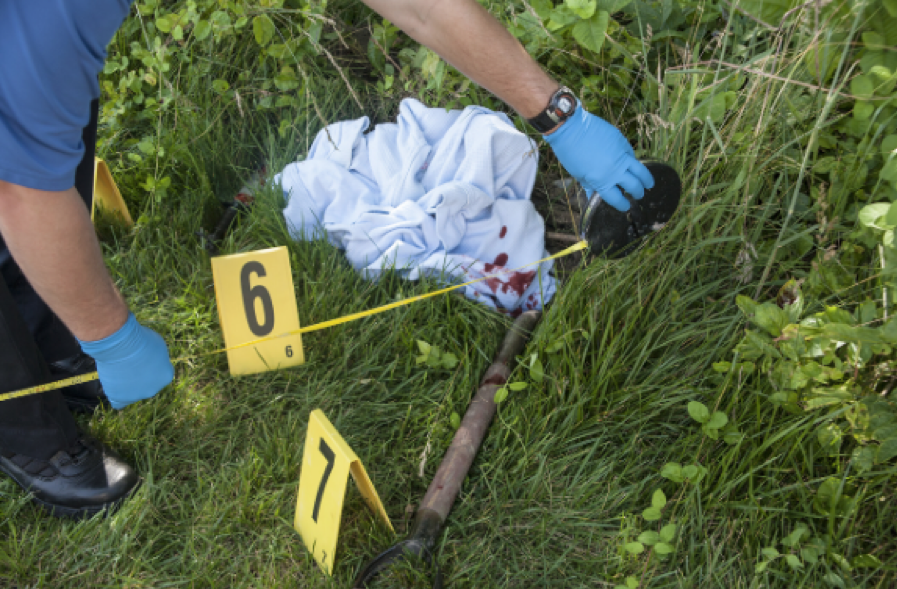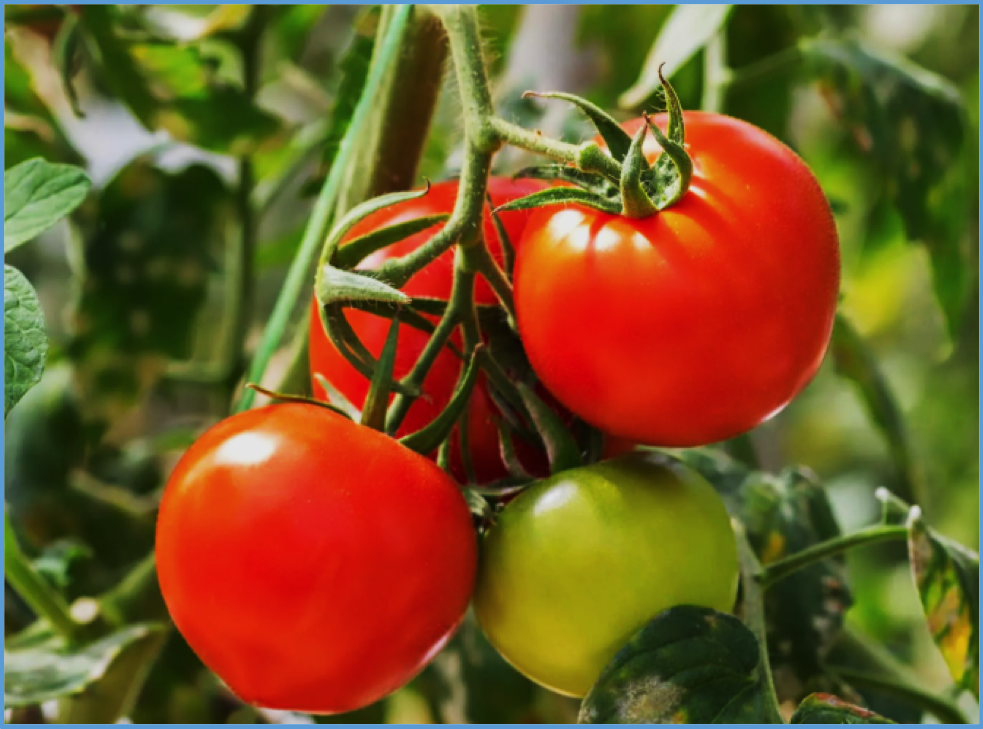BULLETIN 1
German Media Shift Toward a More Favorable Stance on Gene Technology with NGTs
Gene Editing - June 25, 2025
German Media Shift Toward a More Favorable Stance on Gene Technology with NGTs
Gene Editing - June 25, 2025

Researchers from Weihenstephan-Triesdorf University of Applied Sciences and Heidelberg University in Germany investigated the portrayal of New Genetic Technologies (NGTs) in German mass media from 2012 to 2023. Their findings are published in the Food Ethics journal.
Media play a critical role in shaping public perception, which impacts policy. Thus, the researchers analyzed articles on NGTs from major German newspapers using topic modelling and frame analysis.
Results showed that there was notable media interest in the topic, as indicated by the growing number of NGT-related articles. Two dominant themes were revealed: NGTs for agriculture and food production, and medicine and human health. Positive frames were also evident in the analysis, with NGT being more linked with progress and agricultural productivity and less linked with critical frames such as ecology and public rejection. Comparing the current analysis with existing literature on genetic technologies, the authors concluded that the NGT articles provided a more favorable portrayal of NGTs, particularly in the context of agriculture.
Read the research article in Food Ethics.
See https://www.isaaa.org/kc/cropbiotechupdate/ged/article/default.asp?ID=21388
BULLETIN 2
Make forensic case reports required legal and scientific documents

Forensic science in the United States has a problem. Watch a crime-solving television show, and you might see “reports from the lab” brandished as case-cracking paperwork. But in the real world, much of the evidence, data, and analysis that forensic scientists produce is never written down in a systematic way.
Even expert witnesses called to offer crucial testimony in US court cases do not have to provide a written report of their findings. This is a professional failing that lowers standards, impedes accountability, and contributes to miscarriages of justice. Yet, it is one that is relatively simple to fix: Forensic scientists should be compelled to produce and publish written reports, which can then be peer-reviewed and corrected as necessary by others in the field.
We, a group of forensic scientists who have testified as expert witnesses, are not the first to point out this problem and possible solution. A landmark 2009 report from the National Research Council called for written reports of results and expert testimony as part of a series of recommendations to improve US forensic science (1). Unfortunately, Congress failed to act on the report, and this longstanding problem persists.
That means that there remain worryingly few checks and balances in place to make sure that the findings of forensic scientists are valid. The field says it self-regulates: Accrediting bodies apply competency testing to everyone who works in a forensic science lab, and their work is supposed to be peer-reviewed by supervisors and, every five years, by independent auditors. Some independent forensic scientists (those not employed by law enforcement) do produce written reports and ask colleagues to check their work. But, in general, neither peer review nor reports themselves are asked for or expected by courts. To the contrary, in the US legal system, the prevailing view is that forensic experts should present their findings as oral testimony.
See: https://www.pnas.org/doi/10.1073/pnas.2406456122
SCIENTIFIC NEWS
Fine-mapping of sm6.1, a novel locus conferring resistance to gray leaf spot from Solanum habrochaites accession LA1777
Xiaoxiao Lu, Xin Li, Chunyang Pan, Junling Hu, Feng Pan, Lianfeng Shi, Chen Zhang, Ranran Zhang, Zejun Huang, Can Zhu, Yanmei Guo, Xiaoxuan Wang, Yongchen Du, Lei Liu & Junming Li
Theoretical and Applied Genetics; June 30 2025; vol.138; article 166
Xiaoxiao Lu, Xin Li, Chunyang Pan, Junling Hu, Feng Pan, Lianfeng Shi, Chen Zhang, Ranran Zhang, Zejun Huang, Can Zhu, Yanmei Guo, Xiaoxuan Wang, Yongchen Du, Lei Liu & Junming Li
Theoretical and Applied Genetics; June 30 2025; vol.138; article 166

Key message
The single recessive locus, sm6.1, conferring high resistance to gray leaf spot and was fine-mapped to a 78.4 kb region on chromosome 6 of tomato through a genetic mapping strategy.
Abstract
Gray leaf spot (GLS), caused by the necrotrophic fungal pathogen of the genus Stemphylium, is one of the most prevalent and destructive foliar diseases affecting tomato production worldwide. In this study, we identified a novel resistance locus, designated sm6.1, derived from the wild tomato species Solanum habrochaites accession LA1777, which confers high resistance to Stemphylium solani. Genetic analysis revealed that resistance conferred by the sm6.1 locus follows a recessive inheritance pattern. Through genetic mapping strategy, we fine-mapped the sm6.1 locus to a 78.4 kb region on chromosome 6, containing nine annotated genes based on the tomato reference genome Heinz 1706 (SL4.0, ITAG4.0). By integrating synteny analysis, sequence variation screening, and expression analysis, we identified Solyc06g053340 and Solyc06g053350 as the critical candidate genes underlying sm6.1. To facilitate marker-assisted breeding, we developed InDel markers that are tightly linked to the sm6.1 locus. The identification and fine-mapping of sm6.1 not only provide a novel genetic resource for breeding GLS-resistant tomato cultivars but also establish a foundation for elucidating the molecular mechanisms underlying GLS resistance in tomato.
See https://link.springer.com/article/10.1007/s00122-025-04950-8
.png)










